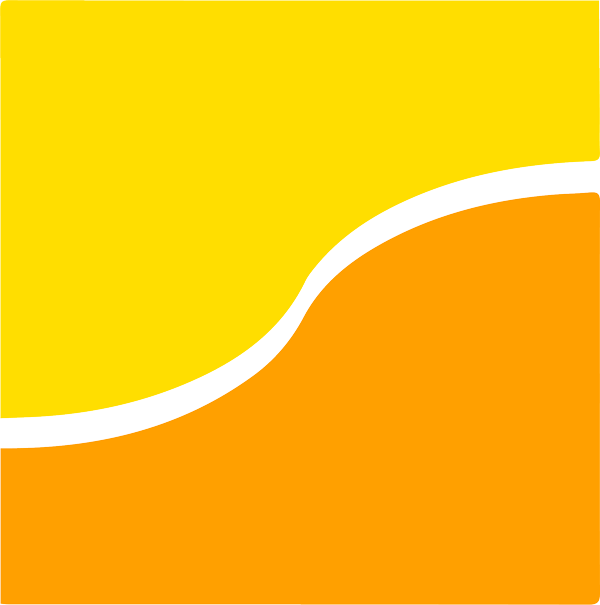Tàrrega City Council
Categories
Type of resources
Topics
Keywords
Contact for the resource
Provided by
Formats
Representation types
Update frequencies
Scale
-
Where to park in Tàrrega is a set of geographic information represented in an interactive viewer on an Instamaps map fund. We fiund spatial information related to the parking of vehicles in the city. We can consult the following cartographic files: free parking, public parking and blue zone. By clicking on each parking area, you will find information on the name of the parking lot and the number of places it contains. All layers are exportable.
-
Tourism resources map of Tàrrega is a set of cartographic archives represented in an interactive viewer which shows spatial information related to all the tourist elements of the city; using a geoportal with Google Maps basemap. Its possible to consult in it elements referred to the medieval, modernist Tàrrega, the Jewish Quarter, the Industrial Route and the main points of interest of the city. Clicking on each point, you can see the name of the element and a brief description. All layers are combinable and downloadable in KML format.
-
The mapping of the Municipal Urban Planning Plan (POUM) of Tàrrega is made up of 8 cartography files of different scales in PDF format. The POUM is the urban planning instrument of the municipality that directs the development of the territory of Tàrrega. We also find in PDF the regulations (in Catalan), Farmhouse Catalog, Rural Construction Catalog and the POUM Modification. It also contains a viewer that allows us to see municipal planning, cadastre, administrative addresses, among others.
-
The citymap of Tàrrega is a set of cartographic files represented in an interactive viewer that show spatial information related to the location of the streets and addresses, and various equipment of several themes; using a geoportal that uses Instamaps as a base map. We can check the location of streets, public administration premises, agriculture, associations, commerce, culture, economy, education, emergencies, business, sports, housing, justice, language and communication, environment, mobility, health, social services, society, technology, work and tourism.
 Catàleg IDEC
Catàleg IDEC